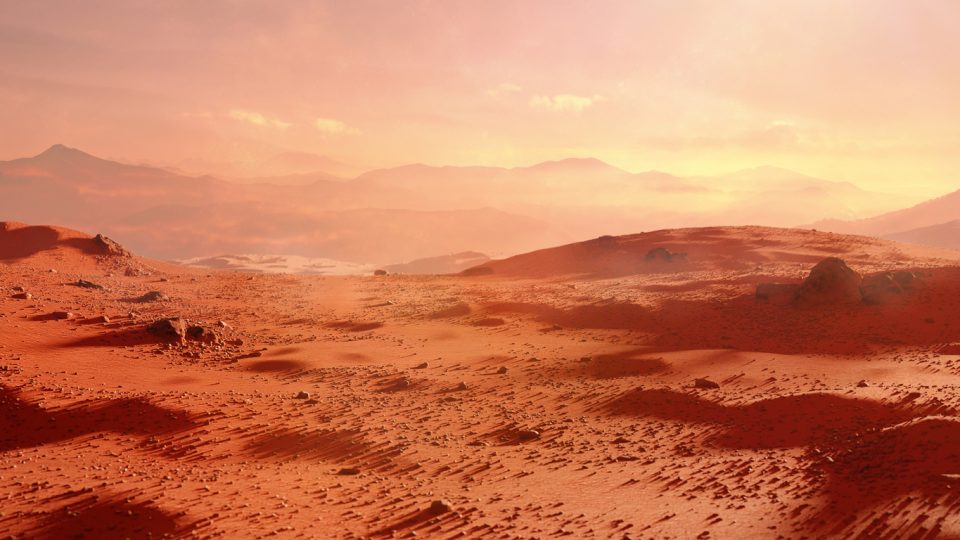
What's the Iceland-Mars link? Meteorite Black Beauty tells a tale
Over 4.5 billion years ago, Mars likely had a crust comparable to modern-day Iceland, say Australian researchers

Iceland, contrary to its name, is rather lush with greenery. Mars, as we were taught in school, is called the ‘Red Planet’. And yet, scientists are now finding links between the two.
Over 4.5 billion years ago, Mars likely had a crust comparable to modern-day Iceland, say Australian researchers. The scientists, led by Anthony Lagain from Australia’s Curtin University, sourced the information from the oldest Martian meteorite fragments found on Earth. The insights could provide information on why the Earth developed into a planet that sustains life, while Mars did not.
Also read: Astronomers detect ‘heartbeat-like’ signal from faraway galaxy
According to a study published in Nature Communications by a team of researchers led by Anthony Lagain, from Australia’s Curtin University, the probable Martian origin of a 4.48-billion-year-old meteorite, unofficially known as Black Beauty, throws light on the Red Planet’s evolution.
Volcanic activities
A study of Black Beauty indicates that Mars had volcanic activities similar to that found on Earth, particularly Iceland. This was one of the first stages of Mars’ geological evolution. “This meteorite recorded the first stage of the evolution of Mars and, by extension, of all terrestrial planets, including the Earth,” said Valerie Payré, a postdoctoral researcher in the Department of Astronomy and Planetary Science, according to a report in The Jerusalem Post.
Also Read: Mars news: Key life matter found, public help sought for cloud-spotting
A deeper study of such meteorites can prove to be a window to ancient Earth’s surface. After various studies, it was revealed that the meteorite, officially named NWA 7034, was from Terra Cimmeria-Sirenum, one of the most ancient regions of Mars.
“As of today, Mars’ crust complexity is not understood, and knowing about the origin of these amazing ancient fragments could lead future rover and spatial missions to explore the Terra Sirenum-Cimmeria region that hides the truth of Mars’ evolution, and perhaps the Earth’s,” Payré said in the report.
Planetary bodies such as Mars have impacts craters spotting their surface. Hence, finding the right one is challenging, said the report. Lagain’s team had earlier developed a crater detection algorithm that deploys high-resolution images of the Martian surface to identify small impact craters. It found over 90 million of them, as small as 50 metres in diameter.
With this technology, they could isolate the most plausible ejection site, which was the Karratha crater, said the Jerusalem Post report.
Also Read: NASA’s Perseverance rover spots a shiny piece of foil on Mars
Payré uses orbital observation captured from Mars to investigate whether traces of volcanism similar to Iceland exist on Mars. She says a further study of Mars’ surface will help answer questions like: why Mars, now dry and cold, evolved so differently from Earth, a flourishing planet for life?

